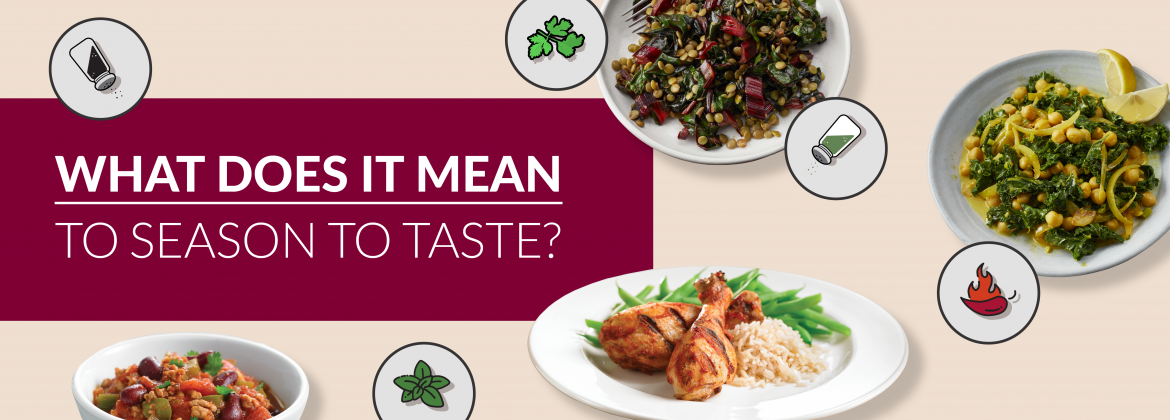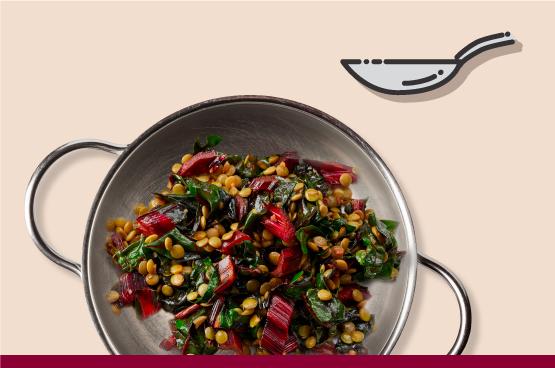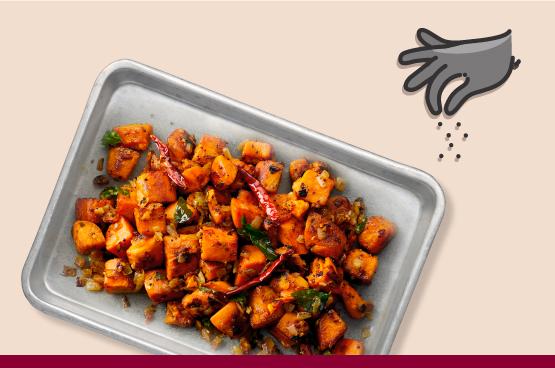Tip: When seasoning raw poultry or meat, season using small amounts. Only taste once it has been cooked at a safe temperature and it is ready to eat.
Seasoning with little to no added salt
Salt is often used to enhance the taste of food, but it’s important not to add too much. Higher sodium intake can lead to higher blood pressure, which may lead to heart disease.
Other ingredients in the recipe might also contain a lot of sodium, such as some store-bought seasonings and sauces. Remember, a small amount of salt goes a long way. Try to:
- taste a dish before adding more salt
- add flavour by including a mixture of herbs and spices
- wait to add salt once you serve yourself rather than to the whole dish
- other people may have different taste preferences





